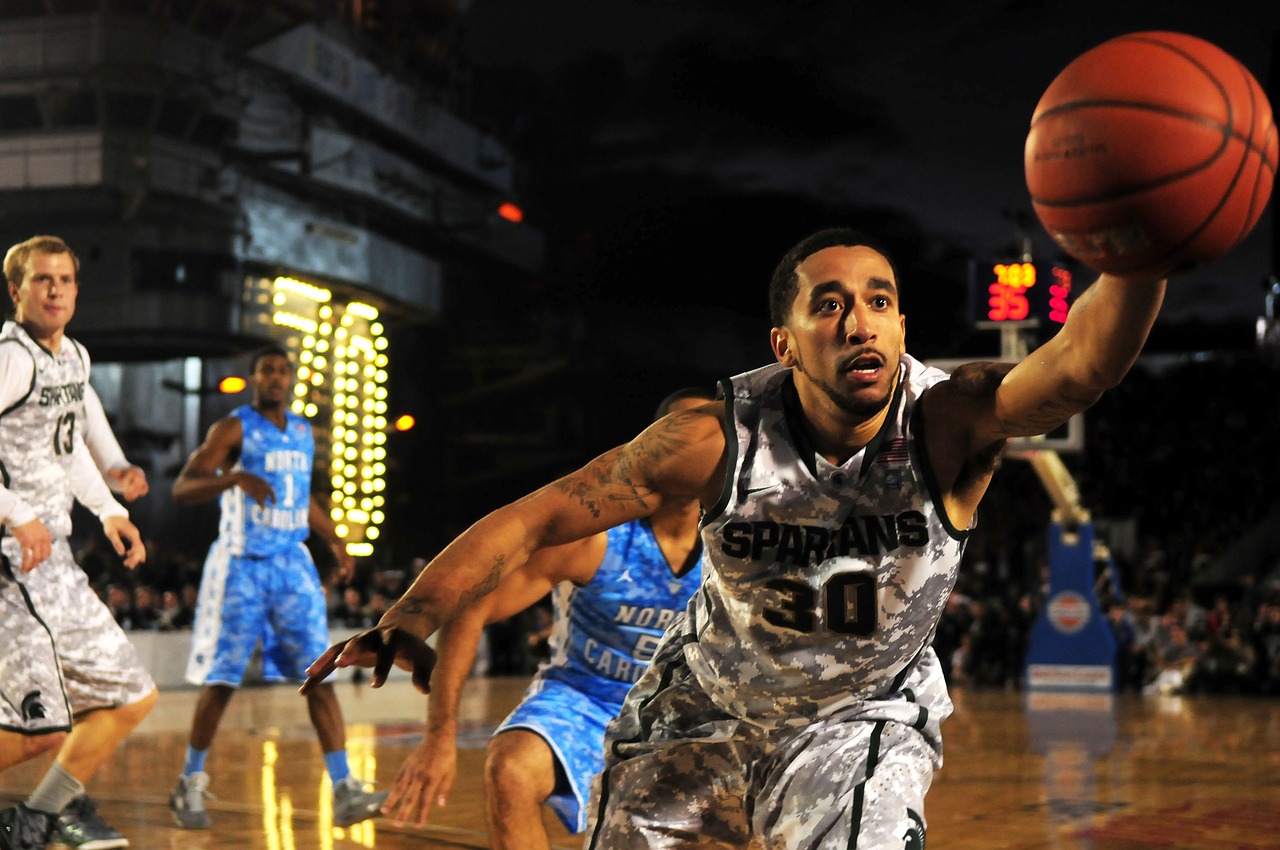In the high-paced game of basketball, coaches can make unlimited substitutions throughout the game. This freedom allows teams to constantly adjust their strategies and keep players fresh. According to the FIBA rules, coaches can interchange players as many times as needed.
Players can re-enter the game multiple times after being substituted, which ensures that key players can rest and return to the court when needed. This rule is critical for maintaining the intensity of the game and optimizing team performance. The NBA has specific scenarios where substitutions are not allowed, such as during a delay-of-game warning, which helps maintain the flow of the game (NBA rules).
A well-timed substitution can change the course of the game by bringing fresh energy onto the court or by strategically placing a strong defender against the opponent’s top scorer. Knowing when and how to use substitutes effectively is a key part of a coach’s game plan, making the knowledge of substitution rules essential for any basketball fan. For more details on substitution scenarios and limits, check out this guide on the basketball substitution area rule.
How Many Substitutes Are Allowed in Basketball?
In basketball, the number of substitutes a team can use is unlimited. This allows coaches flexibility in managing playing time, providing rest periods, and adjusting strategies based on the game situation.
Purpose of Substitutions
Substitutions are essential for managing players’ fatigue and maintaining high performance. Coaches can bring in fresh players to replace tired ones, ensuring the team plays at its best throughout the game. Player substitutions can also be tactical. For example, inserting a strong defender or a sharpshooter can adjust the team’s strategy to counter the opponent. This flexibility helps teams adapt to different in-game scenarios and respond to fouls or injuries. Thus, substitutes are critical for both physical and strategic reasons.
Timing of Substitutions
Substitutions are typically made during dead-ball situations, such as a timeout, foul, or when the ball goes out of bounds. Coaches can only make changes when play has stopped. They can’t substitute when the game is in motion. An exception exists for a player who is bleeding; play will be stopped for a medical substitution. Timing is crucial, as substitutions must be made swiftly to minimize stoppage time. Players must check in at the scorer’s table before entering the game. This ensures that the substitution is processed officially and follows the game’s rules.
Legal Substitutions
A legal substitution requires the new player to report to the scorer’s table and wait for an official to signal entry. Substitutes can’t enter the game until the official has acknowledged the substitution. If done improperly, it could result in a technical foul. The rules also state that substitutions can’t occur during certain situations, such as instant replay reviews or inadvertent whistles. Coaches need to be aware of these limitations and ensure their strategy fits within the rules. Understanding these regulations helps teams avoid penalties and makes for smooth and strategic play changes.
Substitution Rules
Substitution rules in basketball vary across leagues, with different guidelines on when and how players can be substituted. Understanding these rules is crucial for teams to maintain strategic advantages and manage player fatigue.
NBA Regulations
In the NBA, substitutions can occur at any stoppage of play. This includes timeouts, fouls, and other dead-ball situations. Teams can make unlimited substitutions, allowing coaches to swap players freely to manage game strategy and player stamina.
Important regulations:
- No substitutions during officials’ suspension-of-play, except for bleeding players.
- Substitutions must occur at the substitution box, and players entering must wait for a referee’s signal.
For more details, visit the NBA’s official substitution rules.
FIBA Guidelines
FIBA, which governs international basketball, also allows substitutions at stoppages. Players can be substituted during timeouts, breaks between quarters, and after fouls.
Key points include:
- Unlike the NBA, FIBA has stricter rules regarding the timing and procedure.
- Players must report to the scorer’s table and wait for the referee’s whistle.
- The game clock must be stopped for substitutions to take place.
Review FIBA’s substitution rules for a better understanding.
Comparison of Rules Across Leagues
The NBA and FIBA have several differences in their substitution rules.
NBA:
- Unlimited substitutions.
- Substitutions during most stoppages, except certain officials’ suspensions.
FIBA:
- Strict procedural timing.
- Substitutions only during specific stoppages, requiring precise adherence to rules.
Both leagues utilize the substitution box but with distinct protocol for execution. Variations in these rules affect how coaches strategize and manage their teams during games, making it essential for players and teams to familiarize themselves with the respective regulations.
